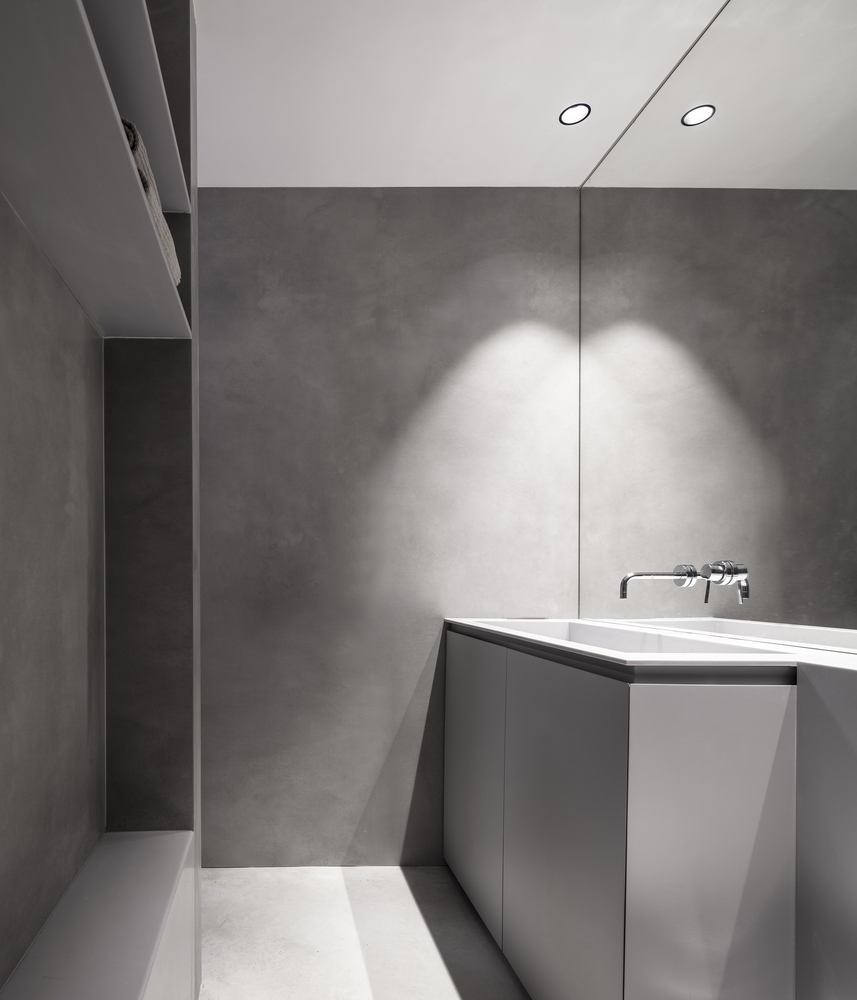Ennead Unveils Plans for Shanghais Taopu Sci
2015-08-04 16:30
Ennead International的合伙人彼得·舒伯特(Peter Schubert)说:“我们的设计目标是创造出一座比一栋建筑更伟大的建筑;我们的目标是创建一个令人难忘、连接起来的市民区。”
“Our design goal was to create something greater than a single building; our goal was to create a memorable and connected civic district,” said Peter Schubert, a partner at Ennead International.
Site Plan. Image © Ennead Architects
来自建筑师:为了实现这一目标,并考虑到相对较低的项目的各个街区,设计包括一系列的线性建筑边缘,包括五个主要的公共公园节点。每个节点创建一个单独的空间标识,同时为整个R创建一个内聚标识。
From the architects: To achieve this goal and given the relatively low FAR for the project’s various blocks, the design includes a series of linear building edges that enclose five primary public park nodes. Each node creates an individual spatial identity, while together creating a cohesive identity for the entire R&D campus.
这个项目成功的关键是设计一个多层次的行人网络。多层步行空间将地面下层、街道层和地面上层结合起来,创造了一种流畅的建筑景观体验,激活了零售区域、公园空间和街景之间的共生关系。每个公共节点都为在这三个主要行人层建立零售枢纽提供了机会,并为连接该地点现有的地铁和交通基础设施提供了清晰的行人连接。
Critical to the success of the project is the design’s utilization of a multi-level pedestrian network. Multilayered pedestrian spaces combine the lower ground level, street level and upper ground level together to create a fluid architectural landscape experience that activates symbiotic relationships between retail areas, park spaces and streetscapes. Each public node provides opportunities for the creation of retail hubs at these three primary pedestrian levels and for clear pedestrian connections to the site’s existing subway and transportation infrastructures.
Collaborative Space. Image © Ennead Architects
可持续景观系统是有助于将建筑和城市规模设计与周围景观和基础设施相结合的关键组成部分。这些系统包括:1)绿色屋顶和种植的梯田,在最大限度地增加地面绿地的同时,帮助尽量减少从场地流出的雨水;2)一个连接的池塘和运河网络,作为更大的区域雨水管理计划的重要组成部分,同时也为该地区创造视觉美景和娱乐景观;(3)由行人通道和景观走廊组成的综合连接网络,帮助创建一个可步行的区域,直接连接地铁和其他区域交通网络,并尽量减少对个人乘车出行的需求。
Sustainable landscape systems are a critical component that helps merge the architectural and urban-scale designs with the surrounding landscape and infrastructure. These systems include: 1) green roofs and planted terraces, which, along with a maximization of green area at the ground level, help minimize the storm-water run-off from the site; 2) a network of connected ponds and canals that serves as an important component of a larger regional storm-water management plan, while also creating visual beauty and recreational landscapes for the district; and 3) an integrated and connective network of pedestrian pathways and landscape corridors that help create a walkable district, connect directly with the subway and other regional transportation networks, and minimize the need for individual travel by car.
建筑师Ennead建筑师地点上海中国类别研究中心设计合作伙伴Peter Schubert Management Partner Kevin McClurkan高级项目设计师Andrew Burdick项目主任格蕾丝·陈项目经理林恩·张琳,史蒂夫·佩帕斯项目建筑师迈克尔·斯皮塔里,埃里克·徐克,斯特芬妮·董设计团队代奥·阿代耶米,玛格丽塔·卡莱罗,玛吉·切科,克里斯·舒斯塔,毛晓云,桑德拉·默卡蒂利,基昂·敏,尼基塔·佩乌索夫余大伟拍摄“环境建筑师”
Architects Ennead Architects Location Shanghai, Shanghai, China Category Research Center Design Partner Peter Schubert Management Partner Kevin McClurkan Senior Project Designer Andrew Burdick Project Director Grace Chen Project Managers Lynn Zhang, Jing Lu, Steve Peppas Project Architects Michael Spitaleri, Eric Tsui, Stephanie Tung Design Team Dayo Adeyemi, Margarita Calero, Maggie Checo, Chris Shusta, Xiaoyun Mao, Sandra Mercatili, Kyung Min, Nikita Payusov, David Yu Photographs Ennead Architects
 举报
举报
别默默的看了,快登录帮我评论一下吧!:)
注册
登录
更多评论
相关文章
-

描边风设计中,最容易犯的8种问题分析
2018年走过了四分之一,LOGO设计趋势也清晰了LOGO设计
-

描边风设计中,最容易犯的8种问题分析
2018年走过了四分之一,LOGO设计趋势也清晰了LOGO设计
-

描边风设计中,最容易犯的8种问题分析
2018年走过了四分之一,LOGO设计趋势也清晰了LOGO设计


























































